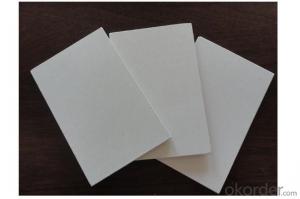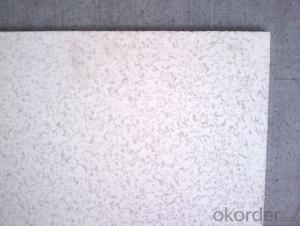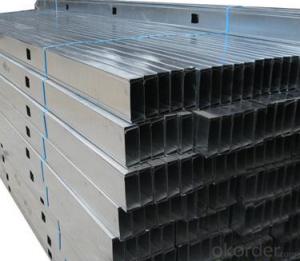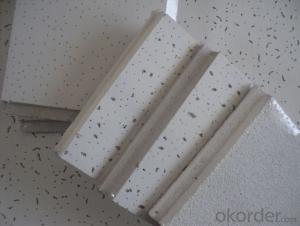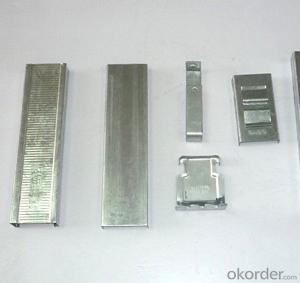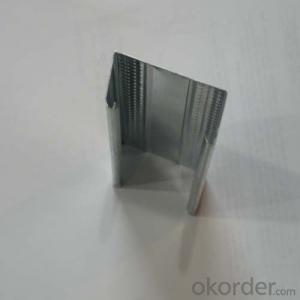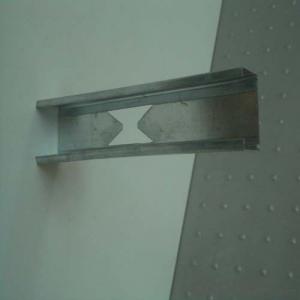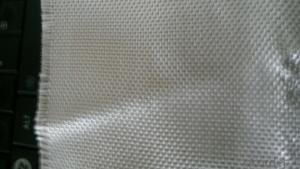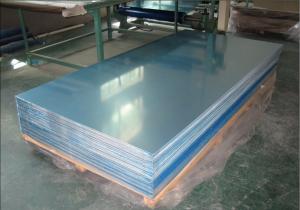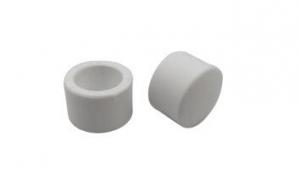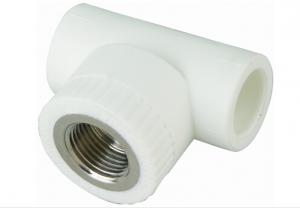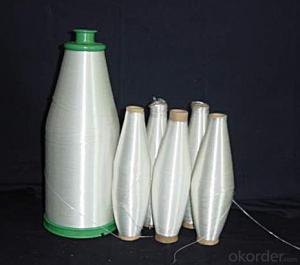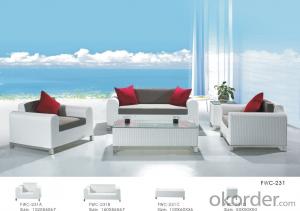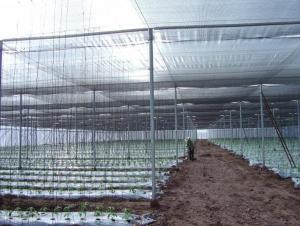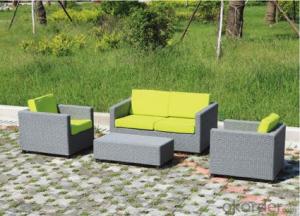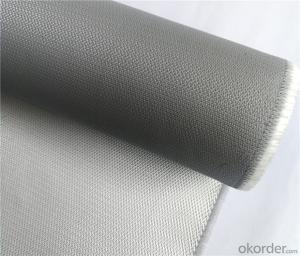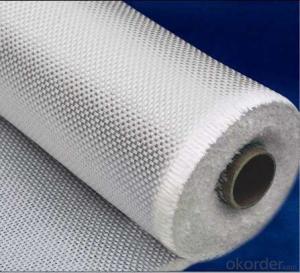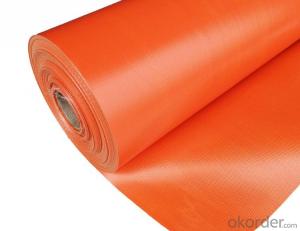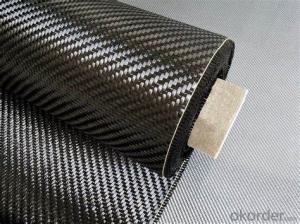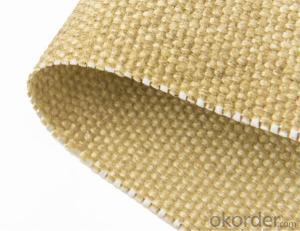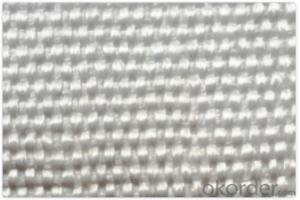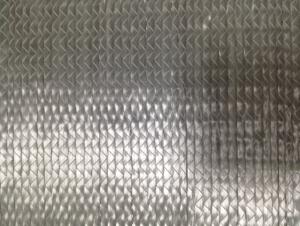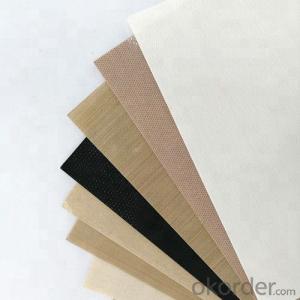Yarns And Fibres
Yarns And Fibres Related Searches
Wall Lights For Bedrooms High Carbon Steel Scrap High Quality Aluminum Foil Retaining Wall With Geogrid High Pressure Fiberglass Pipe High Quality Roofing Felt High Voltage Solar Inverter Stainless Steel Peg Board Stainless Steel Wall Plates Stainless Steel Wall ClockHot Searches
Price For Stainless Steel Scrap Scrap Price For Stainless Steel Price For Stainless Steel Cheap High Tea Sets For Sale High Density Fiberboard For Sale Price Of Shipping Containers For Sale Stock Price For Aluminum Air Pump For Aquarium Price Used Foam Board Insulation For Sale Price List For Building Materials Magnesium Oxide Board For Sale Hdf Board For Sale sintra board for sale Solar With Inverter Price Pedestal Fan With Water Spray Price Price Of Scrap Stainless Steel Price Of Stainless Steel Scrap Price Of Stainless Steel High Mast Light Price List Price For Stainless Steel ScrapYarns And Fibres Supplier & Manufacturer from China
Okorder.com is a professional Yarns And Fibres supplier & manufacturer, offers integrated one-stop services including real-time quoting and online cargo tracking. We are funded by CNBM Group, a Fortune 500 enterprise and the largest Yarns And Fibres firm in China.Hot Products
FAQ
- Yes, fiberglass fabric is generally resistant to staining or discoloration. Fiberglass is a synthetic material made from fine fibers of glass, which are woven together to form a fabric. This fabric is known for its durability and resistance to various external factors, including staining and discoloration. The smooth surface of fiberglass fabric makes it difficult for stains to penetrate and adhere to the fabric. Additionally, fiberglass fabric is often treated with special coatings or finishes that enhance its resistance to staining and discoloration. However, it is important to note that the level of resistance can vary depending on the specific type of fiberglass fabric and any additional treatments or coatings it may have. Therefore, it is always recommended to consult the manufacturer's guidelines for proper care and maintenance to ensure the longevity and appearance of fiberglass fabric.
- Fiberglass fabric is used in the production of insulation sleeves as it provides excellent thermal insulation properties. The fabric is woven with fiberglass threads, creating a sturdy and heat-resistant material that can effectively trap and retain heat. This fabric is then used to encase and insulate various components, such as pipes, wires, or machinery, providing protection against heat transfer and reducing energy loss.
- Fiberglass fabric is produced through a multi-step manufacturing process that involves the use of glass fibers and a binding agent. The process starts with the production of glass fibers, which are made by melting silica sand, limestone, and soda ash at high temperatures. This molten glass is then forced through tiny holes in a device called a bushing to create long, continuous strands of glass fibers. Next, these glass fibers are coated with a binding agent, usually a thermosetting resin such as epoxy or polyester. The binding agent helps to hold the fibers together and provide strength and durability to the final fabric. The coated fibers are then arranged into a specific pattern or weave, such as plain weave or twill weave, to create the desired fabric structure. Once the fibers are arranged, the fabric is subjected to heat and pressure in a process called curing. This process helps to solidify and set the binding agent, making it hard and rigid. Curing can be done using various methods, including hot pressing, autoclaving, or oven curing, depending on the specific requirements of the fabric. After curing, the fabric is subjected to additional processes such as cutting, finishing, and coating, depending on its intended use. These processes help to enhance the fabric's properties, such as its strength, fire resistance, or waterproofing capabilities. In summary, fiberglass fabric is produced by melting silica sand and other raw materials to create glass fibers, coating these fibers with a binding agent, arranging them into a specific pattern, and curing the fabric through heat and pressure. The final product is a versatile and durable material that finds applications in various industries, including aerospace, automotive, construction, and marine.
- Yes, fiberglass fabric can be used for medical devices. It is commonly used in applications such as wound dressings, orthopedic casts, and splints due to its lightweight, high strength, and flexibility. Furthermore, its biocompatible properties make it suitable for medical use as it does not cause any adverse reactions or allergies in patients.
- Fiberglass fabric is known for its good performance in electromagnetic fields. This is due to its non-conductive nature, which allows it to act as an effective barrier against electromagnetic interference (EMI). When exposed to electromagnetic fields, fiberglass fabric does not absorb or conduct the electromagnetic waves. Instead, it reflects and disperses them, preventing them from penetrating through the material. This property makes fiberglass fabric an excellent choice for applications where protection against EMI is required, such as in electronic devices, communication equipment, and aerospace applications. Furthermore, fiberglass fabric also has a high dielectric strength, meaning it can withstand high voltage without breaking down or becoming conductive. This makes it suitable for applications that involve high electrical potential, such as insulation in electrical cables or transformers. In summary, fiberglass fabric performs exceptionally well in electromagnetic fields by effectively blocking and dispersing electromagnetic waves, while also providing high dielectric strength. Its non-conductive nature and ability to withstand high voltage make it a preferred choice for EMI shielding and electrical insulation applications.
- Yes, fiberglass fabrics are suitable for use in the telecommunications industry. Fiberglass fabrics offer several advantages that make them ideal for this industry. Firstly, fiberglass fabrics are known for their high strength and durability, making them capable of withstanding harsh environmental conditions, such as extreme temperatures, moisture, and UV exposure. This durability ensures that the telecommunications equipment, such as antennas and cables, are protected and can function optimally for an extended period. Additionally, fiberglass fabrics have excellent electrical insulation properties. This is crucial in the telecommunications industry as it helps prevent interference and signal loss, ensuring the transmission of clear and reliable signals. Fiberglass fabrics also have low dielectric constant and loss tangent, which further contribute to minimizing signal attenuation. Moreover, fiberglass fabrics are lightweight and flexible, making them easy to handle and install. This is particularly beneficial in the telecommunications industry as it allows for efficient and cost-effective installation of equipment and infrastructure. Furthermore, fiberglass fabrics have excellent resistance to chemicals, corrosion, and fire, making them highly reliable and safe for use in telecommunications equipment. This resistance ensures the longevity and reliability of the equipment, reducing maintenance and replacement costs. Overall, the high strength, durability, electrical insulation properties, lightweight nature, and resistance to chemicals and fire make fiberglass fabrics highly suitable for use in the telecommunications industry. They provide the necessary protection, reliability, and performance required for efficient and effective telecommunications operations.
- Fiberglass fabrics possess the ability to be recycled or repurposed. This highly adaptable material can be disassembled and utilized in multiple ways. A common practice for recycling fiberglass involves grinding it into powder and incorporating it as a filler in composite products like concrete, insulation, or even new fiberglass items. This procedure not only reduces waste but also enables the reuse of fiberglass materials. Additionally, fiberglass fabrics may be repurposed by cutting them into smaller segments and employing them as insulation or reinforcement in other substances. These repurposed fabrics find applicability in various fields such as automotive components, boat repairs, or even artistic and craft projects. Ultimately, the recycling and repurposing of fiberglass fabrics contribute to waste minimization and optimal utilization of this resilient material.
- How much glass fiber cloth and how much epoxy resin does it take to make a square meter of fiberglass?
- About 500 grams to about 800 grams.
